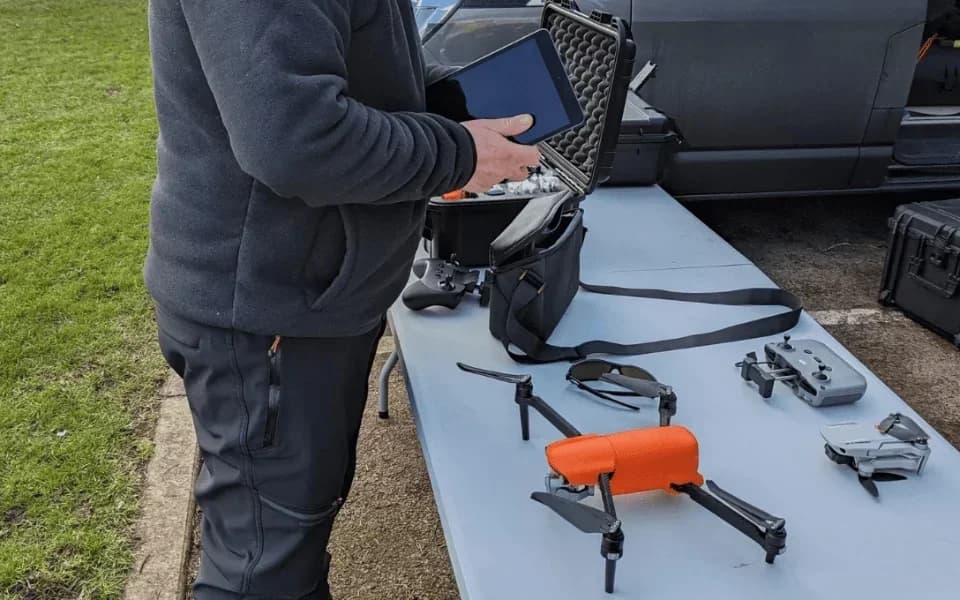
As a UK drone pilot, you'll soon face a major change with the 2026 Remote ID update.
Think of it as a digital license plate for your drone, broadcasting key data in real-time. This system aims to increase accountability in the sky.
But understanding how it works and what you'll be required to do is essential for staying compliant.
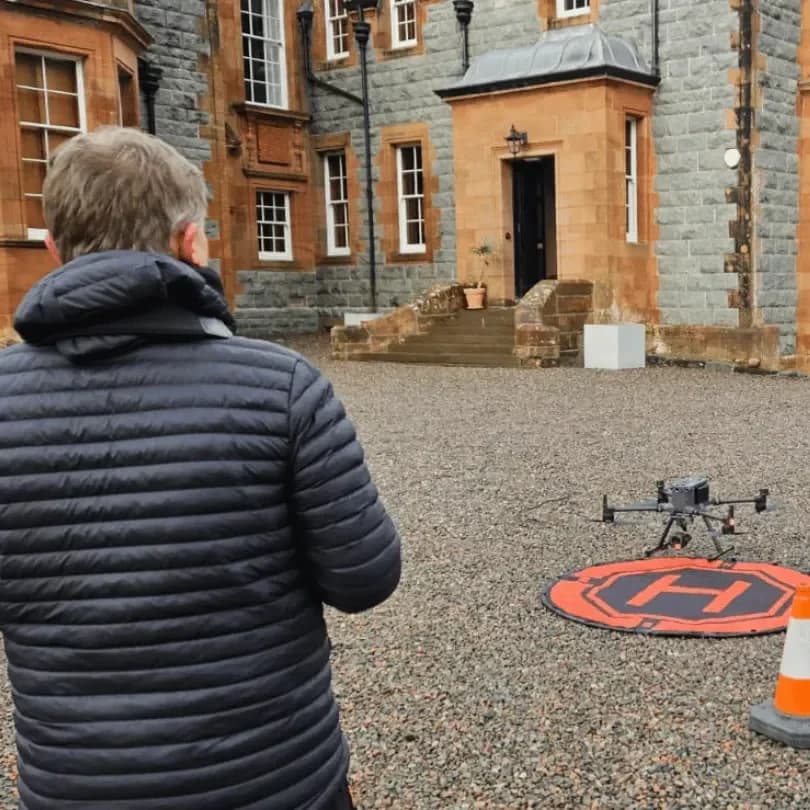
30 Second Summary
- Remote ID is a digital license plate for drones, broadcasting real-time data to enhance UK airspace security and safety.
- From January 1, 2026, new Remote ID requirements will apply to specific UK class-marked drones across all flight categories.
- The 2026 rules affect UK class-marked drones, including UK1, UK2, UK3, UK5, and UK6 models.
- It broadcasts the drone's location, height, and serial number, along with the remote pilot's location and emergency status.
- The system helps police identify legal operators, distinguishing them from reckless flights and improving public safety.
What Is Drone Remote ID
Think of Drone Remote ID as a digital license plate for your drone. It’s a system designed to broadcast key information about your drone in real-time while it's in the air.
This technology is absolutely crucial for the safe integration of unmanned drones into the national airspace.
This isn't about tracking your every private move; it's fundamentally about transparency and accountability in the sky. Just as a car has a license plate for identification on the road, your drone needs a way to be identified.
It ensures that authorities, like law enforcement and aviation officials, can distinguish between compliant and potentially malicious flights. This capability significantly improves overall airspace security and public safety.
For you, as a responsible drone pilot, it’s a key enabler for more advanced operations. It builds public trust and paves the way for a future where drones regularly operate alongside manned aircraft.
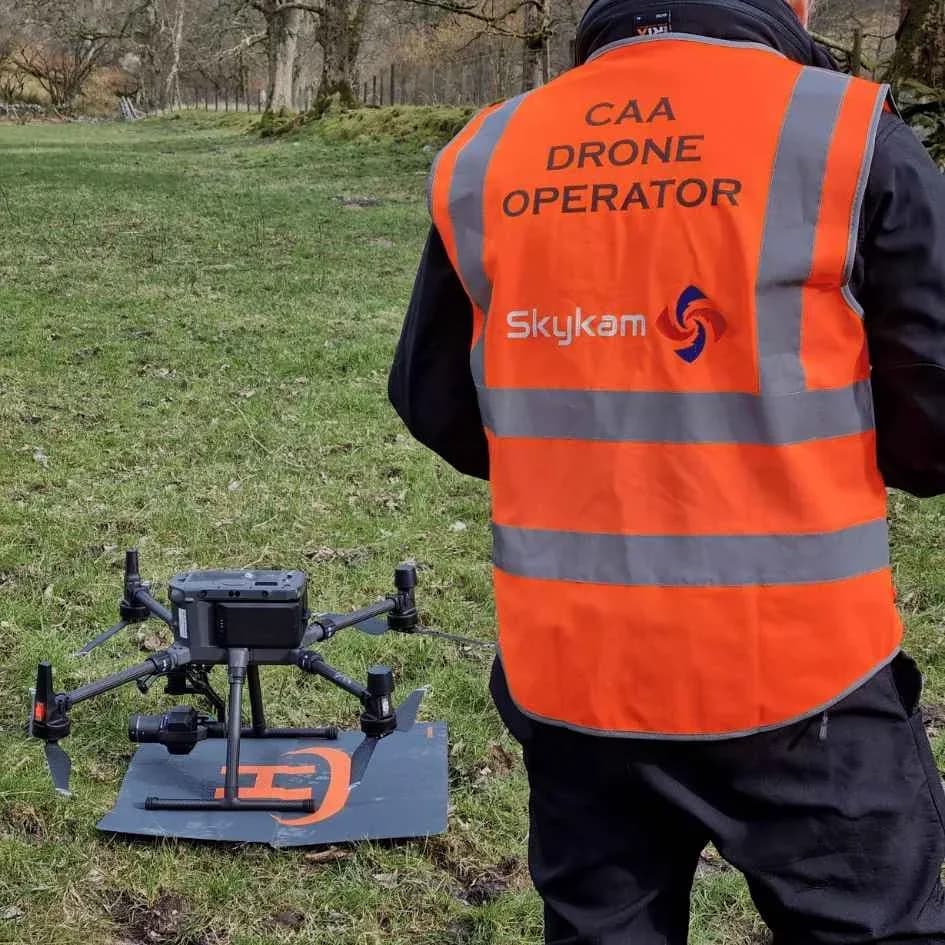
How Drone Remote ID Works
The process is straightforward: your drone acts as a local radio beacon, broadcasting specific information directly from the drone itself. During flight, it’ll periodically transmit key data packets.
These include your operator ID (your registration number), the drone’s unique serial number, and its precise geographic location and height. It also broadcasts the drone's route and course, your location as the drone pilot, and any emergency status indicators, like a low drone battery warning.
You don't need to worry about your personal data being made public. It’s important to know that the system doesn't broadcast identifying details like your name or address.
Only the Civil Aviation Authority (CAA) and other authorized organizations can access the operator details linked to your ID. This smart system provides accountability for authorities while keeping your personal information private from the general public, who can only see the drone's flight data.
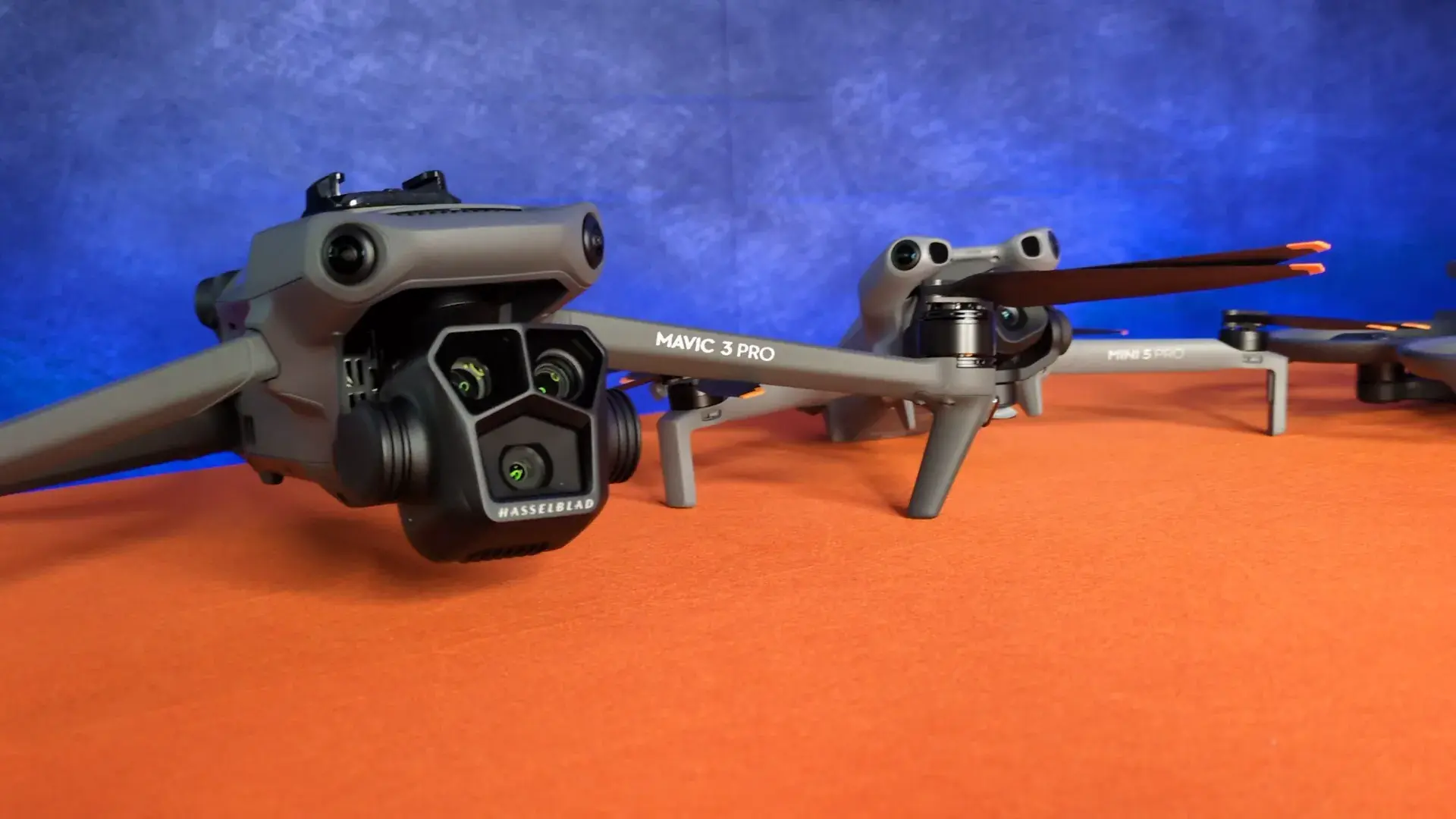
UK Drone Remote ID requirements are being introduced in phases
The UK is introducing Remote ID requirements in phases, so you'll need to know which deadlines apply to your operations.
From 1 January 2026, the mandate begins for most new UK class-marked drones. The rules then expand on 1 January 2028 to cover legacy, privately built, and a wider range of other drones.
From 1 January 2026
Starting January 1, 2026, the Remote ID requirements expand significantly. If you're operating a UK class-marked drone, you'll need to be prepared for this major change.
The rules become mandatory for a wide range of drones, specifically those with UK1, UK2, UK3, UK5, and UK6 class marks. This obligation isn't limited to a specific type of flying; it affects you across the board.
You must comply with these Direct Remote ID regulations in all operating categories, including the Open, Specific, and Certified categories.
It's your responsibility to ensure your drone is compliant and correctly broadcasting its identification data. If it's not, you simply won't be able to fly these specific class-marked drones legally in UK airspace.
From 1 January 2028
As the phased implementation continues, the final major expansion of Remote ID requirements takes effect on January 1, 2028. From this date, you'll find that the rules extend to a much broader range of drones.
If you're flying a privately built drone or a legacy non-class-marked drone that weighs 100g or more and has a camera, you'll need to comply. The mandate also now includes UK0 drones that meet the same weight and camera criteria.
Furthermore, if you operate a UK4 model drone, you're also brought into the Remote ID system. This final phase essentially ensures almost all camera-equipped drones over a certain minimal weight are broadcasting Remote ID, completing the UK's updated safety and security framework for drone operations.
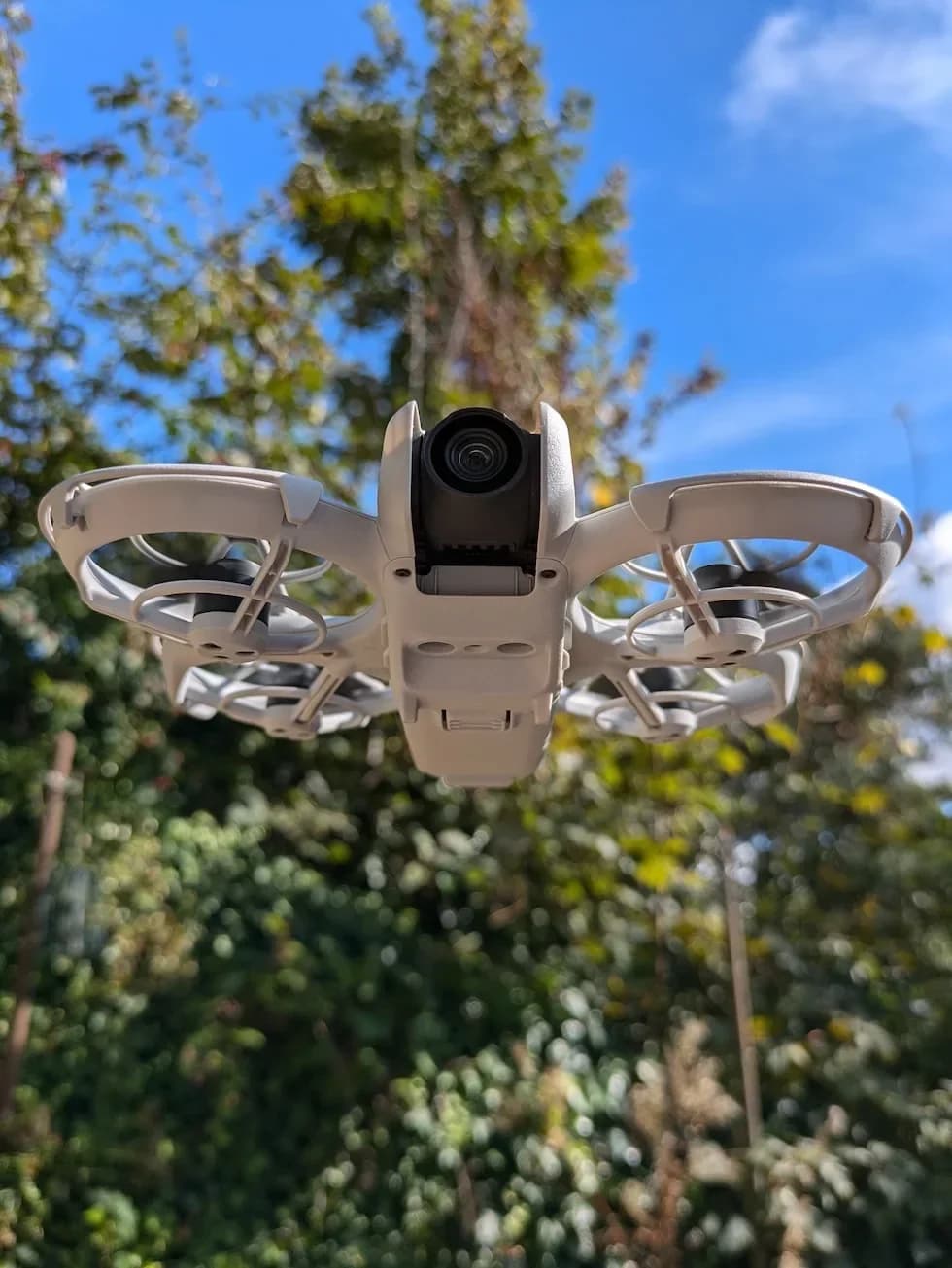
Purpose Of Drone Remote ID In UK After 2026
With UK airspace growing busier, the main purpose of Remote ID after 2026 is to keep the skies safe and secure. Think of it as a digital license plate for your drone.
It continuously broadcasts your drone’s location and your operator registration details in real-time. This system directly helps police and other enforcement bodies.
When you're flying, they can immediately tap into this data to see who you are and confirm you’re operating legally.
Essentially, it gives authorities the visibility they need to distinguish you, a compliant drone pilot, from someone flying recklessly or in a restricted zone.
This isn't a radical new idea exclusive to the UK. You’ll find that similar, effective Remote ID systems are already fully implemented across the USA and throughout Europe, creating a global standard for drone accountability and safety.
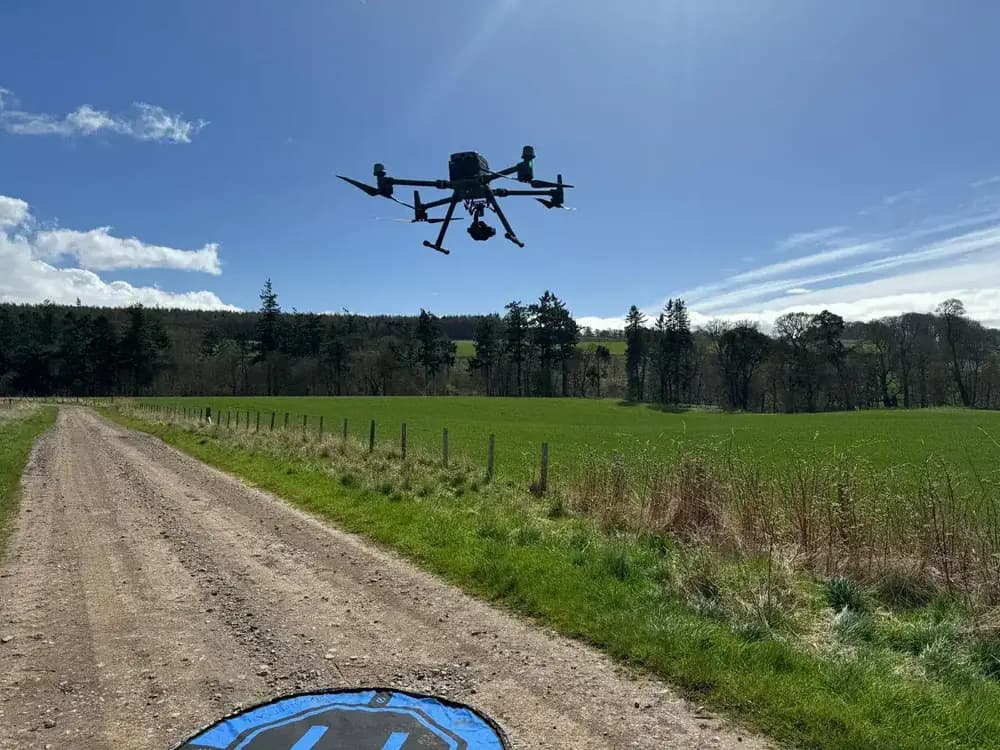
Frequently Asked Questions
Can I Add Remote ID to My Old Drone?
Yes, you can often add Remote ID to your older drone.
First, check if your drone’s manufacturer offers a firmware update that enables built-in Remote ID.
If your drone doesn't support an update, you'll need to purchase a separate broadcast module.
This is a small device you physically attach to your drone.
It transmits the required identification information, ensuring your drone meets compliance standards.
You’ll just need to register the module’s serial number.
How Much Will a Remote ID Broadcast Module Cost?
You'll find Remote ID broadcast modules typically cost between £100 and £300. The price you pay depends on the brand, its features, and the technology it's using, like Bluetooth or Wi-Fi.
More advanced modules with extra capabilities will be at the higher end of that price range. You'll need to shop around, as prices can vary between manufacturers.
Before buying, always confirm the module you're considering is compatible with your specific drone.
What Are the Penalties for Not Complying With Remote ID?
If you don't comply with Remote ID rules, you're risking serious penalties. Regulatory bodies can issue hefty fines, which often amount to thousands of pounds.
You also risk the suspension or complete revocation of your drone pilot certification, grounding you from flying.
Depending on the severity of your non-compliance, you could even face criminal prosecution. It’s critical you operate your drone according to the law to avoid these significant consequences.
Do Drones Under 250G Need Remote ID?
Generally, you don't need Remote ID for drones under 250g if you're flying purely for recreation.
However, you'll need it if you're flying that same sub-250g drone for any commercial purpose.
Things are changing in the UK from 1 January 2026. After this date, all drones operating in the specific category, including those with a C0 class mark (under 250g), must have a functioning Remote ID system broadcasting your information.
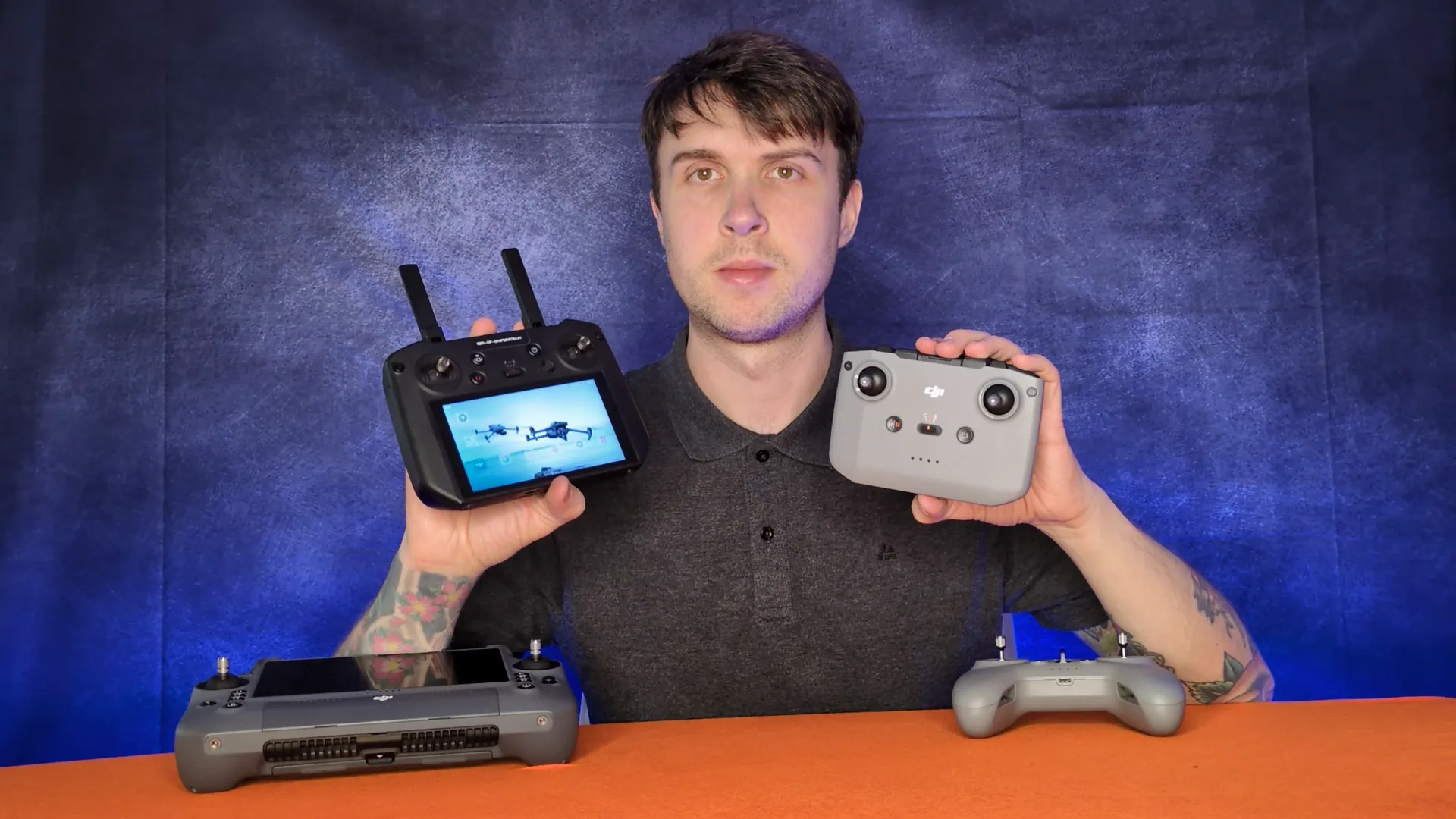
Who Can View My Drone’S Remote ID Data?
Anyone with a receiving device, like a smartphone app, can view your drone's broadcast data. This includes the general public and law enforcement.
They'll see your drone's location, altitude, speed, and serial number. However, your personal information isn't public.
Only authorized officials, like law enforcement or aviation authorities, can use the drone’s serial number to find your registration details. The public can't link the drone's flight directly back to you.
Ensure Your Projects are Remote ID Compliant
The 2026 Remote ID update is set to change UK drone operations, requiring most drones to broadcast identification data, much like a digital license plate. While this enhances airspace safety, navigating these new compliance requirements presents a significant challenge for businesses needing aerial services. How can you be sure the drone pilot you hire is fully compliant and ready for these new rules?
This is where HireDronePilot provides the solution. As the UK's premier managed marketplace, our core mission is connecting businesses with verified professional drone pilots for hire. Our network consists of CAA-certified experts who stay current with all regulations, including the new Remote ID standards. We streamline drone services through competitive bidding, ensuring quality, compliance, and value for every aerial project across the United Kingdom.
Don't let regulatory changes disrupt your projects. By using our platform to find expert drone pilots in the UK, you guarantee your operations are handled by a professional who is fully compliant with all CAA mandates. Post your job today and connect with a qualified drone pilot ready to meet the new standards of UK airspace.
About the Author

Written by
Peter Leslie
Peter Leslie is a CAA-approved commercial drone pilot with 10+ years experience and over 10,000 flight hours. He holds the GVC and A2 CofC drone licences with full CAA Operational Authorisation. Peter is a member of ARPAS-UK, the UK's non-profit trade association for the drone industry. He founded HireDronePilot to connect UK businesses with qualified, insured drone operators.
Looking for More Drone Work?
Join the UK's leading network of professional drone pilots and grow your business.
Open Access
Bid on any job - all jobs open to all pilots
Grow Revenue
Access high-value commercial projects
Stay Busy
Fill your schedule with regular work
Related Articles

Our Drone Survey Service In Stirling, Scotland
Bringing you Stirling drone survey data from areas no one else can fly.

How Much Does A Drone LiDAR Survey Cost
Forecasting your drone LiDAR survey cost requires understanding what's hidden beyond the initial quote.

Step By Step Process Of Drone LiDAR Survey
Next, discover the crucial post-flight steps that determine your survey's success.
